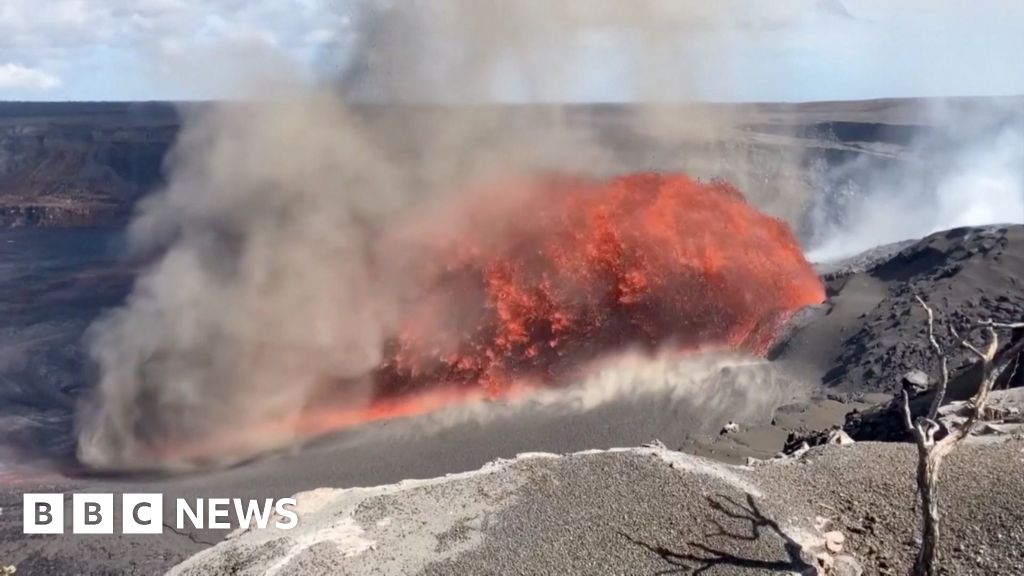A significant 'earthquake swarm' involving over 25,000 tremors near Santorini has been linked to underground magma movement over the past months, scientists from UCL and other institutions revealed. This unprecedented research utilized artificial intelligence to analyze seismic patterns, providing insights into the geological phenomena that sparked such substantial seismic activity.
The seismic events began in January 2025, affecting not only Santorini but also neighboring islands, causing widespread concern among locals about potential volcanic eruptions and larger seismic events. The magnitude of the earthquakes was significant, with many registering above 5.0, prompting evacuations and heightened tension.
Researchers employed a unique method of mapping three-dimensional seismic data to understand the intricate patterns of the earthquakes. By likening the tremors to virtual sensors, they constructed a thorough representation of the subterranean movements and stresses affecting the Earth's crust. It was found that the magma shifting from the Kolumbo underwater volcano originated through a vast channel extending more than 30 kilometers beneath the seafloor.
As they pieced together their findings, lead researcher Dr. Stephen Hicks emphasized the potential for these methods to revolutionize volcanic eruption forecasts. The study indicates that while the seismic activity has decreased and currently seems stable, volcanic monitoring will remain crucial for future safety. The researchers foresee that artificial intelligence, paired with traditional geological studies, could offer refined anticipatory tools regarding volcanic activity and risks.
In summation, although the Santorini earthquake swarm appears to have subsided, the implications of this research extend far beyond immediate volcanic activity, potentially aiding future predictions that can protect communities in similar seismically active regions.






















